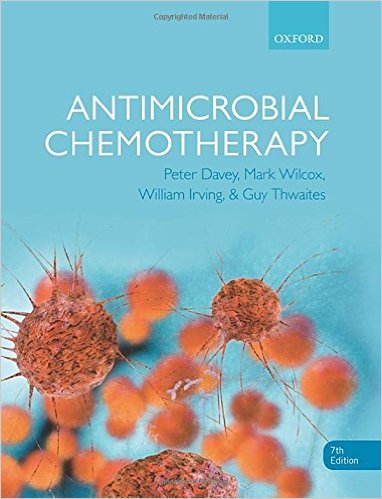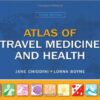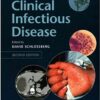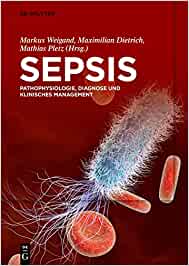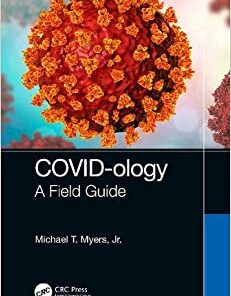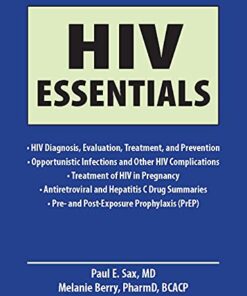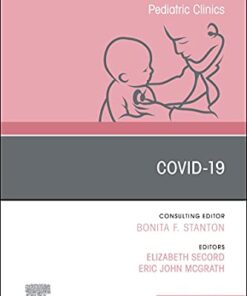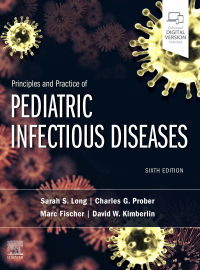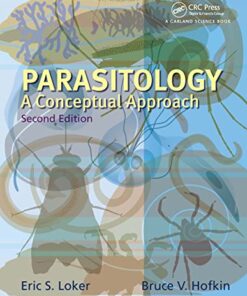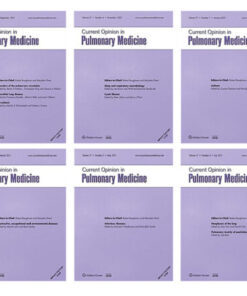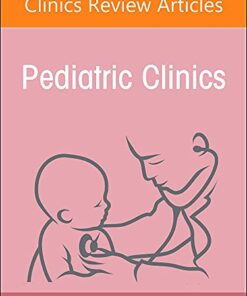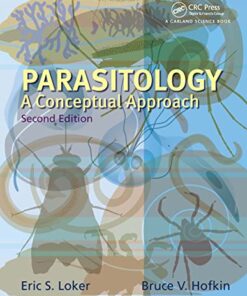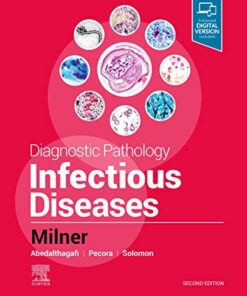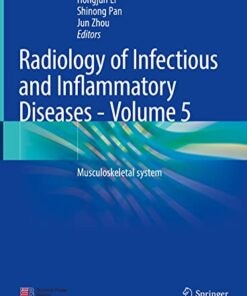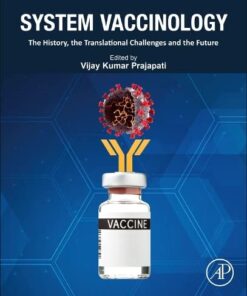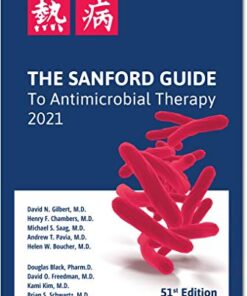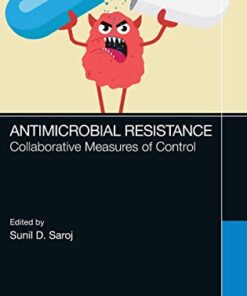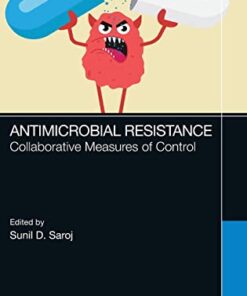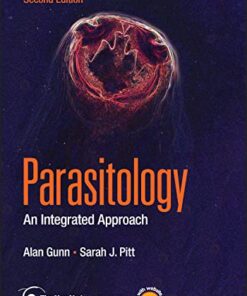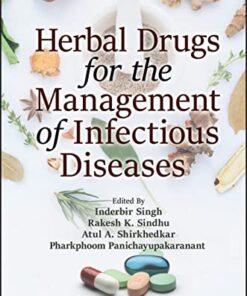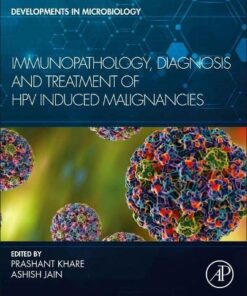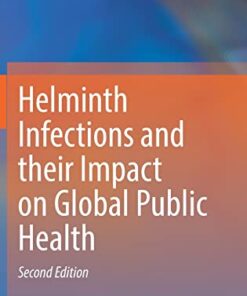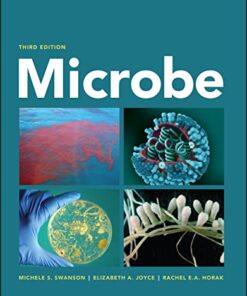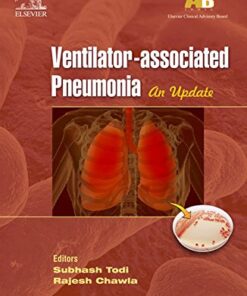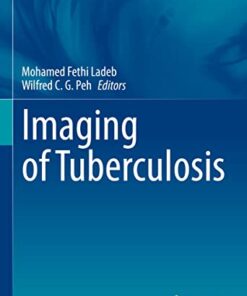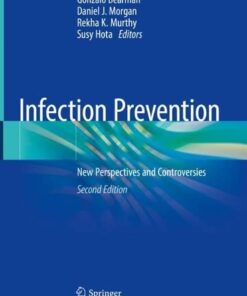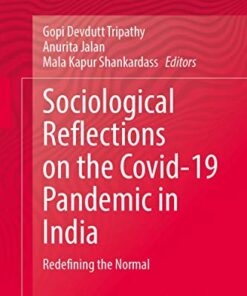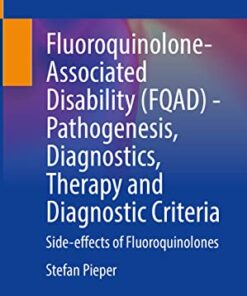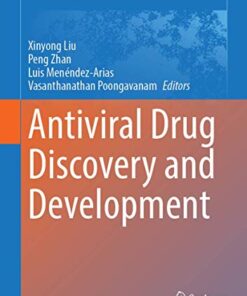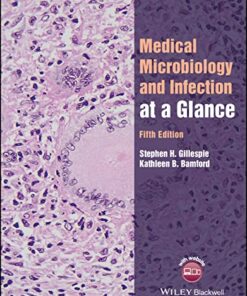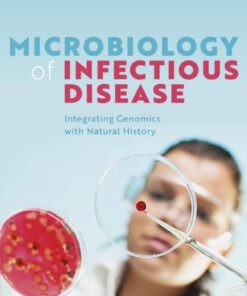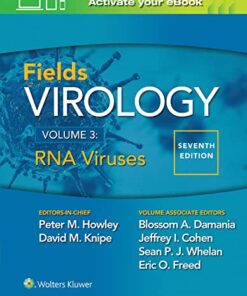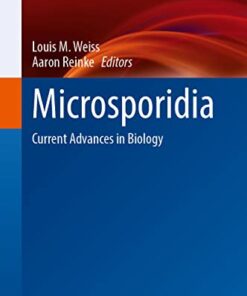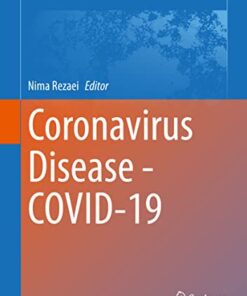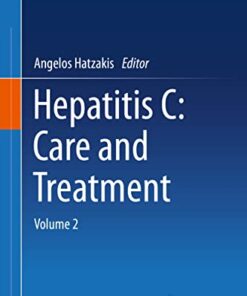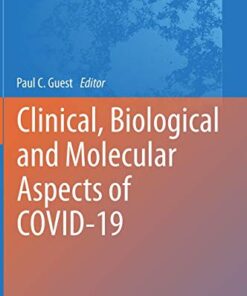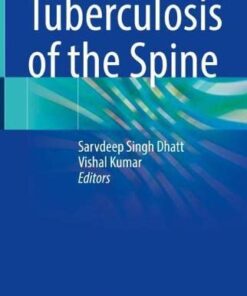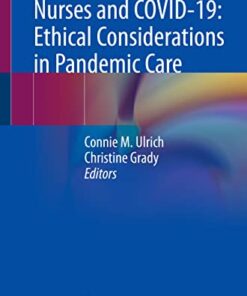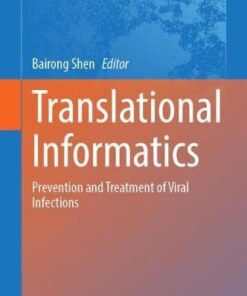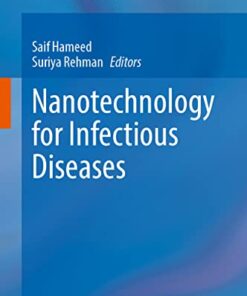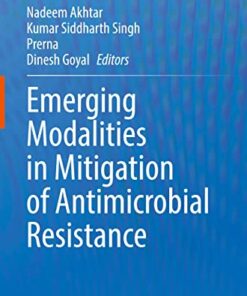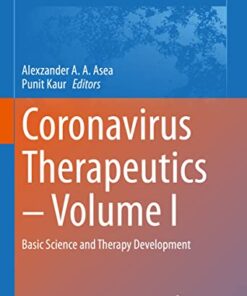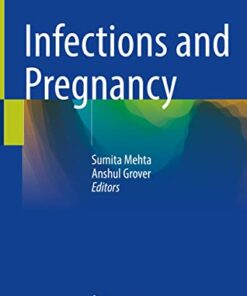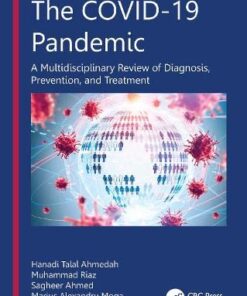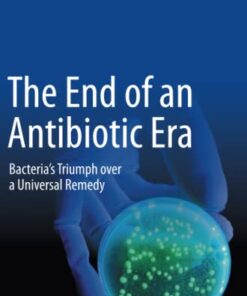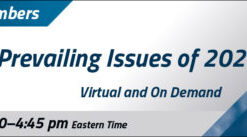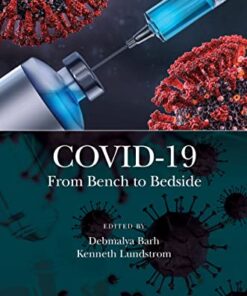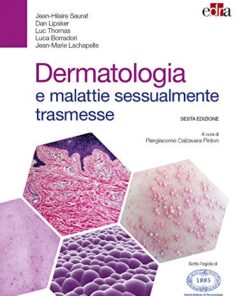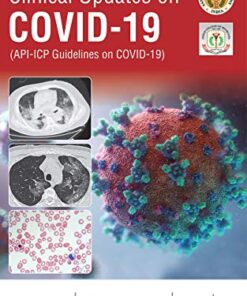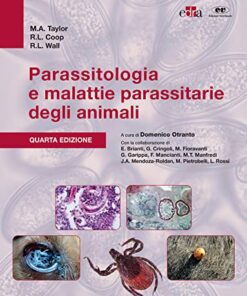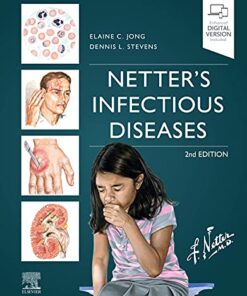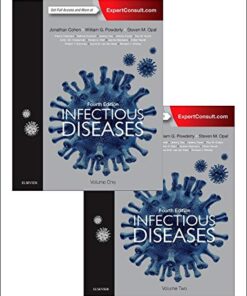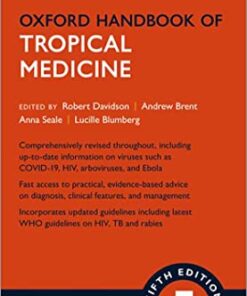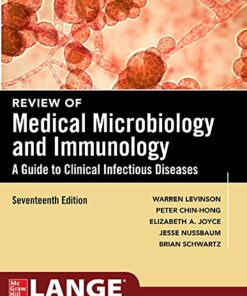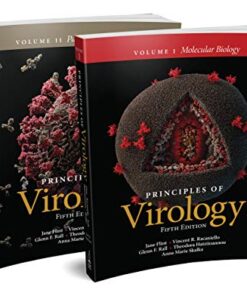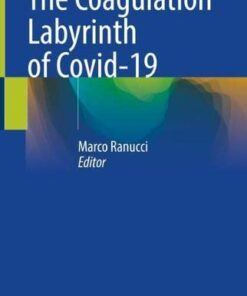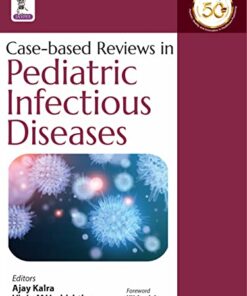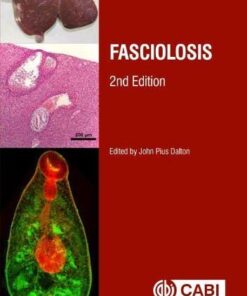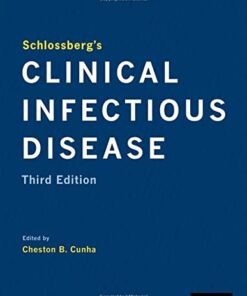- Paperback: 450 pages
- Publisher: Oxford University Press; 7 edition (July 5, 2015)
- Language: English
- Type : PDF ORIGINAL
==========================+======================
Note : We will send ebook download link after confirmation of payment via paypal success
Payment methods: Visa or master card (Paypal)
Antimicrobial Chemotherapy 7th Edition
Antimicrobial agents are essential for the treatment of life-threatening infections and for managing the burden of minor infections in the community. In addition, they play a key role in organ and bone marrow transplantation, cancer chemotherapy, artificial joint and heart valve surgery. Unlike other classes of medicines, they are vulnerable to resistance from mutations in target microorganisms, and their adverse effects may extend to other patients (increased risk of cross-infection). As a consequence, there is a constant requirement for new agents, as well as practices that ensure the continued effective prescribing of licensed agents.
The fully revised and updated seventh edition of Antimicrobial Chemotherapy is an essential guide to the principles of antimicrobial chemotherapy, the problem of resistance and its control through policies, antimicrobial stewardship and surveillance. The book provides an aid to informed, rational prescribing for common bacterial, fungal, parasitic and viral infections.
Divided in five parts, the book cover issues specific to both the developed and developing world. Part 1 ‘General property of antimicrobial agents’ discusses mechanisms of action and resistance to antibacterial, antifungal antiprotozoal, antiviral, and antiviral agents. Part 2 ‘Resistance to antimicrobial agents’ provides guidance about the problem of resistance, mechanisms of acquired resistance and genetics of resistance. Part 3 ‘General principles of usage of antimicrobial agents’ analyses the use of the laboratory, general principles of the treatment of infection, dosing in special groups (extremes of age, pregnancy, obesity), safe prescribing, prophylaxis and the role of policies in antimicrobial stewardship. Part 4 ‘Therapeutic use of antimicrobial agents’ provides advice about the treatment of common infections which are described by anatomical. There are also chapters on the management of mycobacterial disease, viral infections, HIV/AIDS and parasitic infections. The final part of the book analyses the development and marketing of antimicrobial drugs.
This seventh edition of Antimicrobial Chemotherapy continues to be a valuable resource for undergraduates and graduates requiring a thorough grounding in the scientific basis and clinical application of these drugs.
Product Details
Related Products
INFECTIOUS DISEASES BOOKS
Sepsis: Pathophysiologie, Diagnose und klinisches Management (Original PDF from Publisher)
INFECTIOUS DISEASES BOOKS
Current Opinion in Pulmonary Medicine 2019 Full Archives (True PDF)
INFECTIOUS DISEASES BOOKS
INFECTIOUS DISEASES BOOKS
INFECTIOUS DISEASES BOOKS
INFECTIOUS DISEASES BOOKS
Antibiotics Simplified, 5th Edition (Original PDF from Publisher)
INFECTIOUS DISEASES BOOKS
Washington Manual Infectious Disease Subspecialty Consult, 3rd Edition (Original PDF from Publisher)
INFECTIOUS DISEASES BOOKS
Principles and Practice of Pediatric Infectious Diseases, 6th Edition (Original PDF from Publisher)
INFECTIOUS DISEASES BOOKS
Parasitology: A Conceptual Approach, 2nd Edition (Original PDF from Publisher)
INFECTIOUS DISEASES BOOKS
Current Opinion in Pulmonary Medicine 2021 Full Archives (True PDF)
INFECTIOUS DISEASES BOOKS
INFECTIOUS DISEASES BOOKS
Diagnostic Pathology: Infectious Diseases, 2nd Edition (Original PDF from Publisher)
INFECTIOUS DISEASES BOOKS
INFECTIOUS DISEASES BOOKS
INFECTIOUS DISEASES BOOKS
INFECTIOUS DISEASES BOOKS
INFECTIOUS DISEASES BOOKS
INFECTIOUS DISEASES BOOKS
INFECTIOUS DISEASES BOOKS
The Sanford Guide to Antimicrobial Therapy 2021, 51st edition (Scanned PDF)
INFECTIOUS DISEASES BOOKS
INFECTIOUS DISEASES BOOKS
INFECTIOUS DISEASES BOOKS
Parasitology: An Integrated Approach, 2nd Edition (Original PDF from Publisher)
INFECTIOUS DISEASES BOOKS
INFECTIOUS DISEASES BOOKS
Herbal Drugs for the Management of Infectious Diseases (Original PDF from Publisher)
INFECTIOUS DISEASES BOOKS
Helminth Infections and their Impact on Global Public Health, 2nd Edition (EPUB)
INFECTIOUS DISEASES BOOKS
Microbe, 3rd Edition (ASM Books) (Original PDF from Publisher)
INFECTIOUS DISEASES BOOKS
ECAB Clinical Update – Ventilator-associated Pneumonia – E-Book (Original PDF from Publisher)
INFECTIOUS DISEASES BOOKS
Imaging of Tuberculosis (Medical Radiology) (Original PDF from Publisher)
INFECTIOUS DISEASES BOOKS
Infection Prevention: New Perspectives and Controversies, 2nd Edition (Original PDF from Publisher)
INFECTIOUS DISEASES BOOKS
Integrated Omics Approaches to Infectious Diseases (Original PDF from Publisher)
INFECTIOUS DISEASES BOOKS
The Novel Coronavirus SARS-CoV-2: An Overview (Original PDF From Publisher)
INFECTIOUS DISEASES BOOKS
INFECTIOUS DISEASES BOOKS
Medical Microbiology and Infection at a Glance, 5th Edition (Original PDF from Publisher)
INFECTIOUS DISEASES BOOKS
INFECTIOUS DISEASES BOOKS
INFECTIOUS DISEASES BOOKS
INFECTIOUS DISEASES BOOKS
Hepatitis C: Epidemiology, Prevention and Elimination: Volume 1 (Original PDF from Publisher)
INFECTIOUS DISEASES BOOKS
Hepatitis C: Care and Treatment: Volume 2 (Original PDF from Publisher)
INFECTIOUS DISEASES BOOKS
INFECTIOUS DISEASES BOOKS
Nurses and COVID-19: Ethical Considerations in Pandemic Care (Original PDF from Publisher)
INFECTIOUS DISEASES BOOKS
Principles in Nursing Practice in the Era of COVID-19 (Original PDF from Publisher)
INFECTIOUS DISEASES BOOKS
Nanotechnology for Infectious Diseases (Original PDF from Publisher)
INFECTIOUS DISEASES BOOKS
INFECTIOUS DISEASES BOOKS
Emerging Modalities in Mitigation of Antimicrobial Resistance (Original PDF from Publisher)
INFECTIOUS DISEASES BOOKS
Chikungunya Virus (Current Topics in Microbiology and Immunology, 435) (Original PDF from Publisher)
INFECTIOUS DISEASES BOOKS
Promising Antimicrobials from Natural Products (Original PDF from Publisher)
INFECTIOUS DISEASES BOOKS
INFECTIOUS DISEASES BOOKS
INFECTIOUS DISEASES BOOKS
INFECTIOUS DISEASES BOOKS
Human Viruses: Diseases, Treatments and Vaccines: The New Insights (Original PDF from Publisher)
INFECTIOUS DISEASES BOOKS
COVID-19: Prevailing Clinical, Imaging, Healthcare, and Economic Issues of 2022 (CME VIDEOS)
INFECTIOUS DISEASES BOOKS
COVID-19: From Bench to Bedside (Original PDF from Publisher)
INFECTIOUS DISEASES BOOKS
INFECTIOUS DISEASES BOOKS
INFECTIOUS DISEASES BOOKS
INFECTIOUS DISEASES BOOKS
Parassitologia e malattie parassitarie degli animali, 4e (Italian Edition) (EPUB + Converted PDF)
INFECTIOUS DISEASES BOOKS
INFECTIOUS DISEASES BOOKS
INFECTIOUS DISEASES BOOKS
Tuberculosis of the Gastrointestinal system (Original PDF from Publisher)
INFECTIOUS DISEASES BOOKS
2022 Nelson’s Pediatric Antimicrobial Therapy, 28th Edition (Original PDF from Publisher)
INFECTIOUS DISEASES BOOKS
INFECTIOUS DISEASES BOOKS
INFECTIOUS DISEASES BOOKS
Infectious Diseases, 2-Volume Set: Expert, 4th Edition (EPUB)
INFECTIOUS DISEASES BOOKS
Oxford Handbook of Tropical Medicine 5th Edition (Original PDF from Publisher)
INFECTIOUS DISEASES BOOKS
Review of Medical Microbiology and Immunology, Seventeenth Edition (Original PDF from Publisher)
INFECTIOUS DISEASES BOOKS
Principles of Virology, Multi-Volume, 5th Edition (ASM Books) (EPUB)
INFECTIOUS DISEASES BOOKS
Infection, Resistance, and Immunity, Second Edition (Original PDF from Publisher)
INFECTIOUS DISEASES BOOKS
Medical Microbiology and Infection at a Glance, 4th Edition (Original PDF from Publisher)
INFECTIOUS DISEASES BOOKS
FAQs on Vaccines and Immunization Practices, 3rd Edition (Original PDF from Publisher)
INFECTIOUS DISEASES BOOKS
INFECTIOUS DISEASES BOOKS
The Coagulation Labyrinth of Covid-19 (Original PDF from Publisher)
INFECTIOUS DISEASES BOOKS
Case-based Reviews in Pediatric Infectious Diseases (Original PDF from Publisher)
INFECTIOUS DISEASES BOOKS
INFECTIOUS DISEASES BOOKS
Schlossberg’s Clinical Infectious Disease, 3rd Edition (Original PDF from Publisher)
INFECTIOUS DISEASES BOOKS
Brain Fever: How Vaccines Prevent Meningitis And Other Killer Diseases (Original PDF from Publisher)

